Among the vast pantheon of gods and goddesses in Hinduism, Shri Krishna occupies a special place in our hearts. Mischievous tales from his childhood continue to regale us and make him the beloved of one and all. It is only natural then, that Shri Krishna Janmabhumi (birthplace), located in Mathura, Uttar Pradesh, is regarded as one of the holiest destinations in India.
According to Mahabharata and Bhagavata Purana, two Hindu mythological texts, Shri Krishna was born around 3228 BC. Mathura itself, is associated with an interesting history. It is believed that this city was founded in the Treta Yug by Shatrughan, who was the younger brother of Lord Ram. It was later ruled by King Kansa, an evil king who met his end at Krishna’s hands.
Today, there are a series of temples around the spot where Lord Krishna was born. Collectively, they are known as the “Shri Krishna Janmasthan Temple Complex”. The religious structures which form a part of this complex are Shri Krishna Janma Bhoomi, Keshavdeva Temple, Garbha Griha, Bhagwati Bhawan and Potra Kund. Mythological sources also state that Krishna’s birthplace was known as Katra in ancient times and a temple was once built here by his grandson, Vajranabh. Each of these temples have some special attractions in them.
Shri Krishna Janma Bhoomi is believed to be the prison cell where Lord Krishna was born. Here, you come across a photograph of Lord Krishna. There is also an enormous hall which houses the images of Lord Krishna and Radha. Small sanctums for Goddess Durga and Navagraha (nine celestial bodies) are also found inside the temple. Keshavdeva Temple is one of the temples inside the Shri Krishna Janmabhoomi Complex. The shrine, as it stands today, was built by Ramkrishna Dalmia (an Indian industrialist) in memory of his father Jadiadevi Dalmia. The temple was inaugurated by Hanuman Das Poddar, a freedom fighter and Gandhian, in 1958.
Garba Griha is another structure inside the Shri Krishna Janmasthan Temple Complex, which is one of the most visited religious places in Mathura. Devotees believe that it stands at the very spot which was once Lord Krishna’s prison cell. Located nearby is a shrine dedicated to Yogmaya, a goddess who is considered to be the Supreme Being in the Shaktism sect of Buddhism. It is visited by lakhs of devotees during the festival of Janmashtami. The other religious place which is extremely famous among visitors is Bhagvata Bhawan. There are six shrines inside the temple complex. The main shrine, which contains statues of Radha and Krishna measuring 6ft, is a major attraction. Other gods and goddesses which have their own shrines inside the temple are Balarama, Subahdra and Jagannath, Rama, Sita and Lakshman, Garuda Stambha (pillar) and Chaitanya Mahaprabhu, Lord Hanuman and Goddess Durga. Apart from these, the structure also houses a Shivling. The ceiling, walls and pillars are adorned with beautiful frescoes depicting episodes from the life of Shri Krishna. On the walls of the temple, you come across the text of Bhagavad Gita inscribed on copper plates.
The last of these, Pothra Kund, is a water tank located in close proximity to Shri Krishna Janmabhoomi. According to devotees, it was here that child Krishna received his first bath. It is also believed to be the pond where Shri Vasudeva and Mata Devaki washed clothes during their stay in the prison.
History of the Temple
Shri Krishna Janmabhoomi holds such a special place in the minds and hearts of Hindus because it is believed to be birthplace of Lord Krishna. The birth of Lord Krishna is one of the most interesting episodes of Bhagavata Purana and Mahabharata. He was born in Mathura which was then ruled by the tyrant King Kansa. Certain fortune tellers told Kansa that he would meet his death at the hands of the eighth child of Devaki.

Acting on the prediction, he imprisoned Shri Vasudeva and Mata Devaki and arranged to have all of her children killed. Lord Krishna was born to Devaki in the eight month of her pregnancy at midnight. According to a miracle brought about by Lord Vishnu, all the doors of the prison were left unlocked that night. After his birth, Vasudeva carried the newborn in a basket across the river Yamuna.
Shri Krishna Janmabhoomi Temple, which is counted among the most visited religious destinations in India, is believed to have been constructed about five times. Mythological sources state that this temple was first constructed by the great grandson of Lord Krishna, Vajranabha, about 5000 years ago. Thereafter, it was rebuilt and underwent modifications under Chandragupta Vikramaditya, Raja Dhrupet Dev Janjua and Raja Veer Singh Bundela of Orchha. Saint Chaitanya Mahaprabhu, founder of the Vaishnava sect of Bhakti yoga, is also believed to have visited the temple in the 16th century.
The city of Mathura came under the rule of British in 1803, and in 1815, the temple’s land was auctioned by the British East India Company. The land was purchased by Raja Patnimal of Benares but he could not build the temple. Finally, it was constructed by Pandit Madan Mohan Malviya who received financial assistance from the famous industrialist, Jugal Kishore ji Birla. Finally, with combined efforts, the temple’s construction was completed in February, 1982.
Nearby Tourist Attractions
Apart from the Shri Krishna Janmabhoomi Temple Complex, there are other famous places to visit in Mathura which make for amazing sightseeing and exploration. Some of these are mentioned below.
- Vishram Ghat
- Mathura Museum
- Kans Kila
- Dwarkadheesh Temple















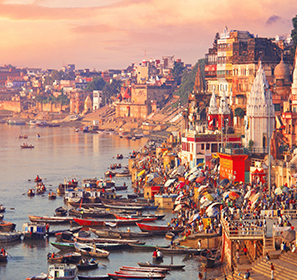
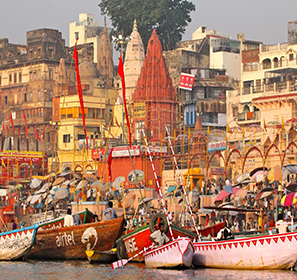
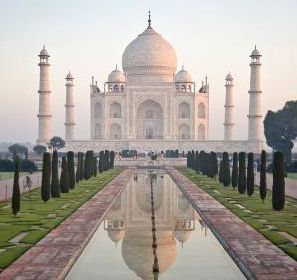
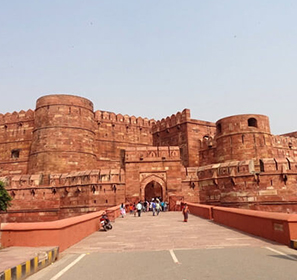
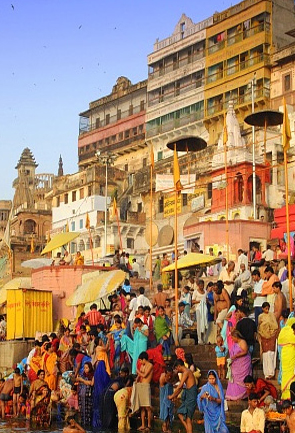



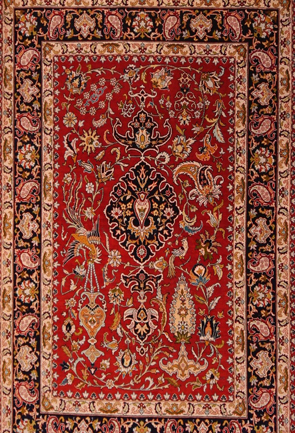
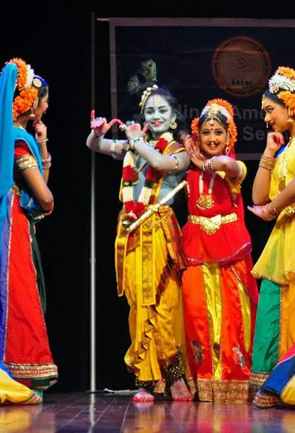
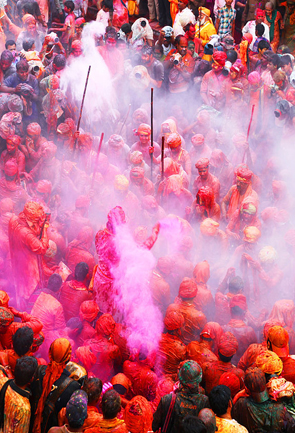


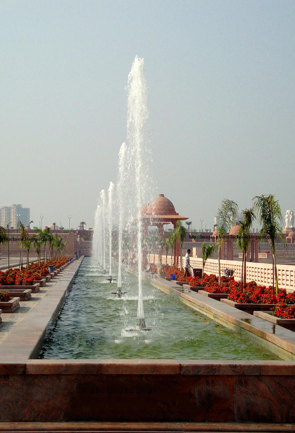

 Plan Trip
Plan Trip Call Us
Call Us Packages
Packages Home
Home